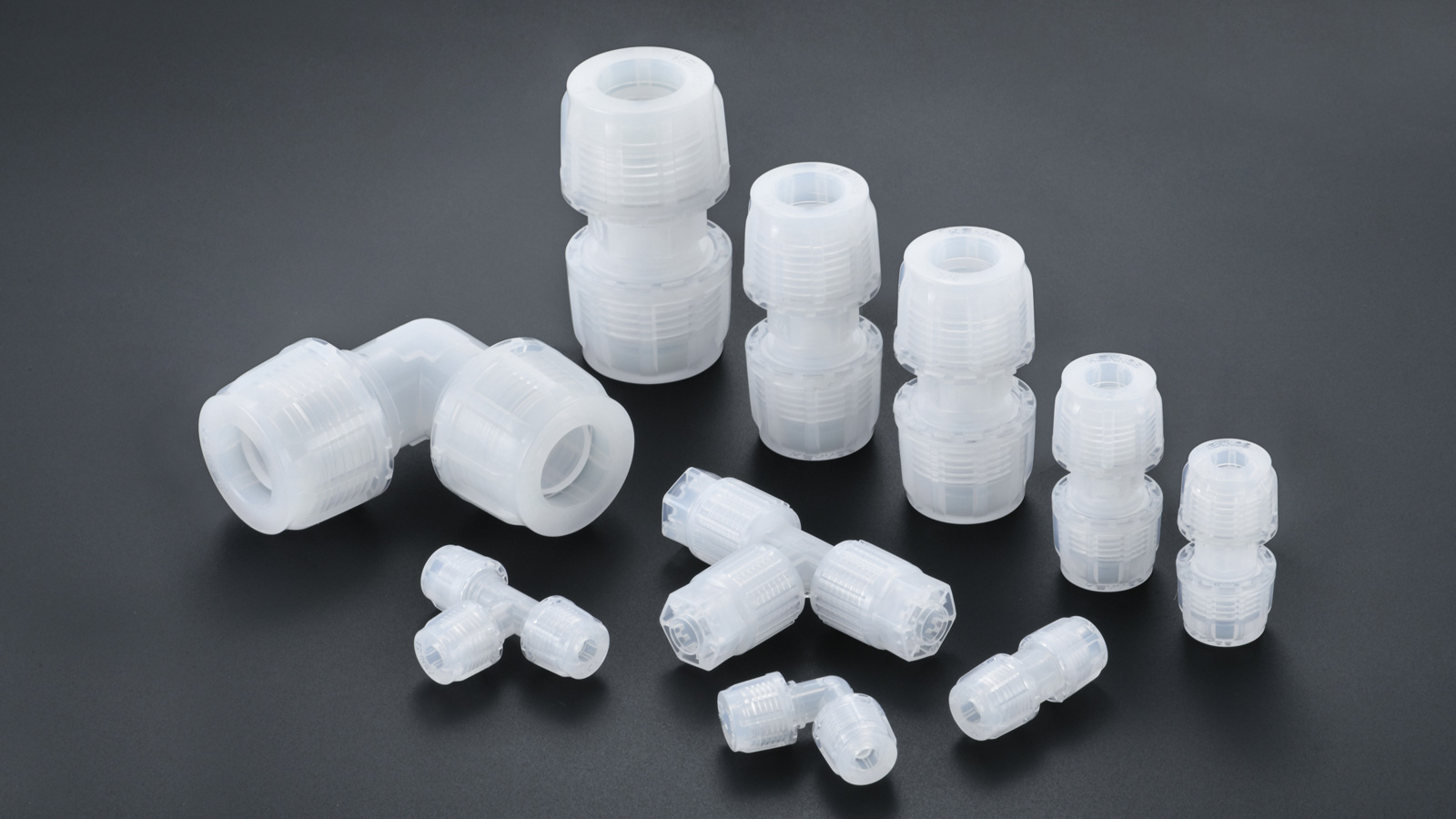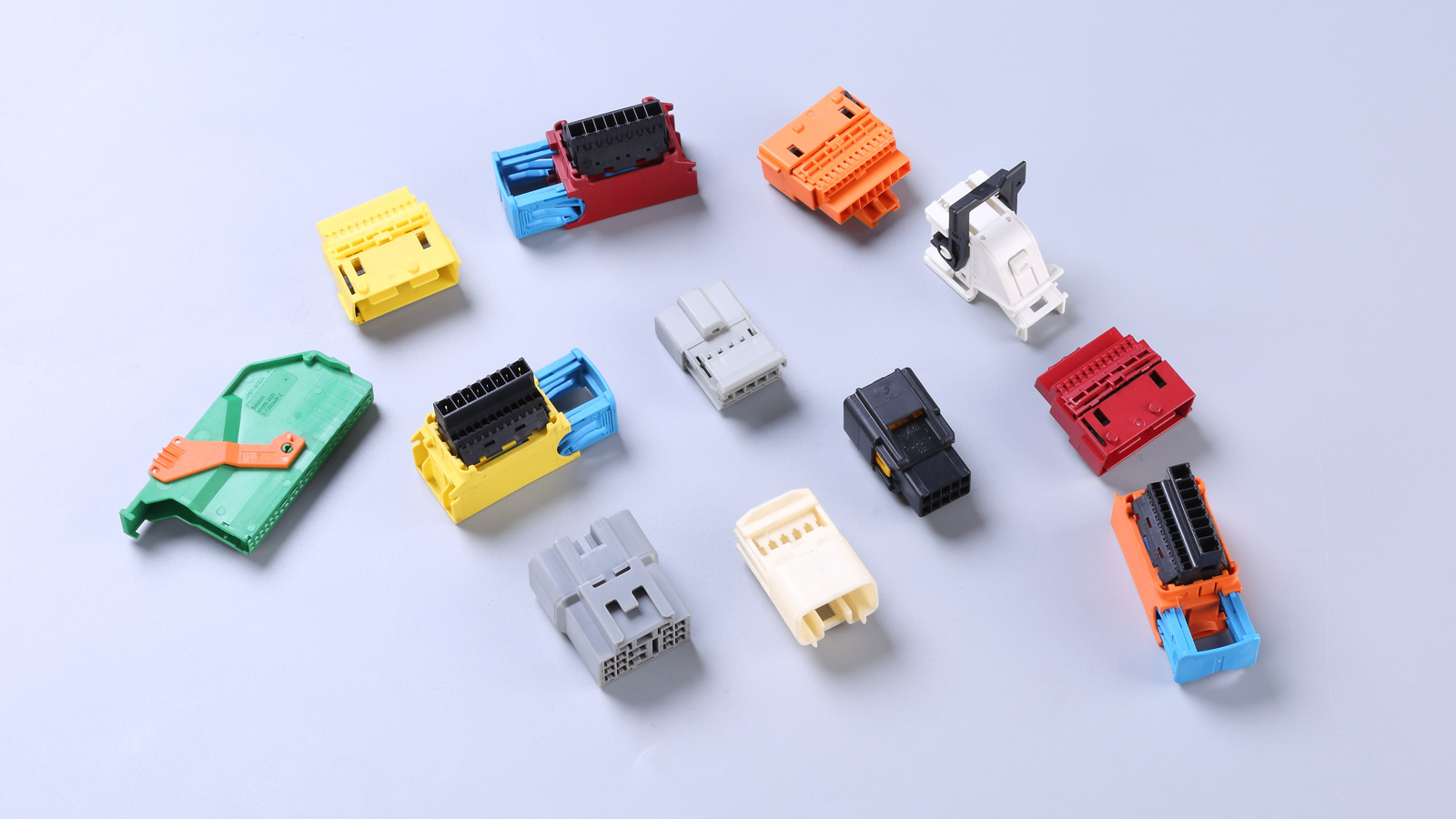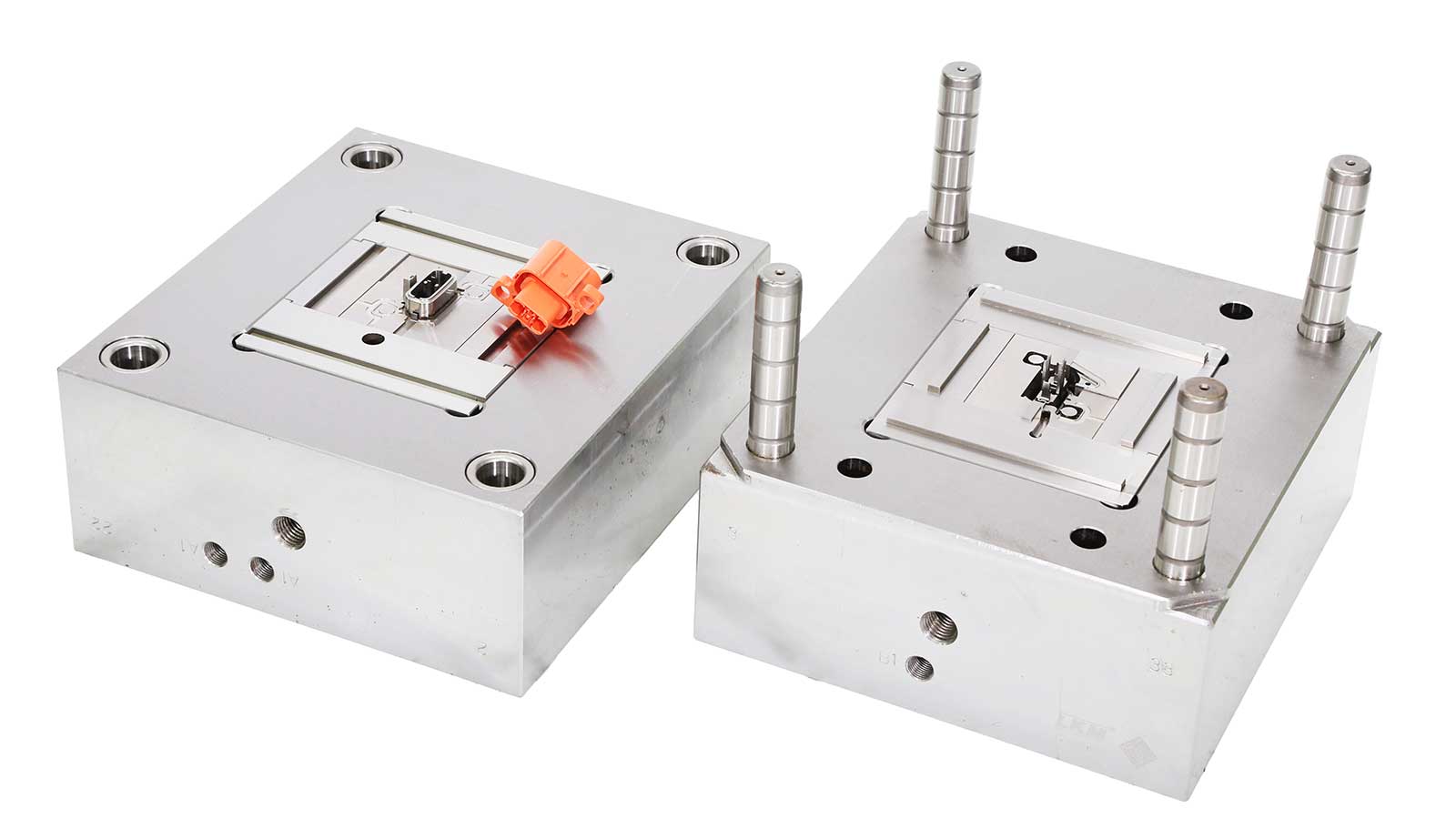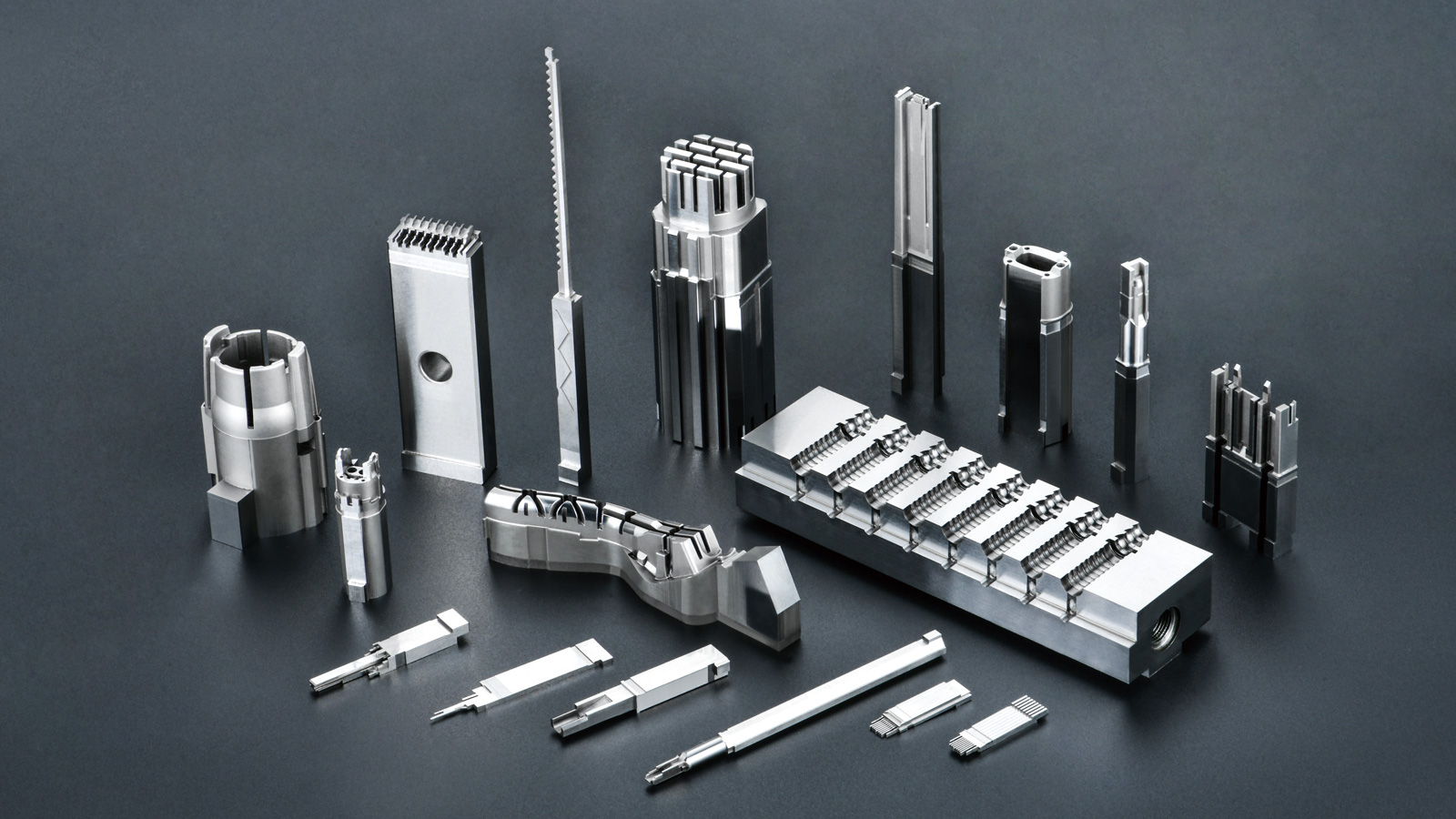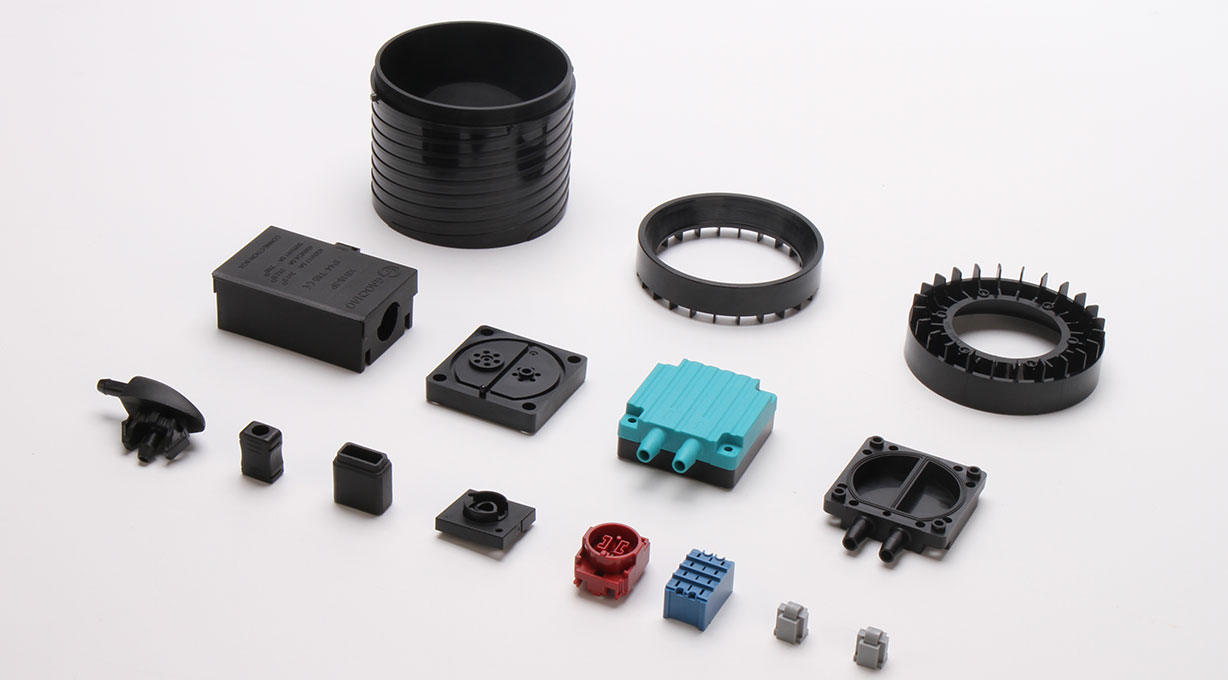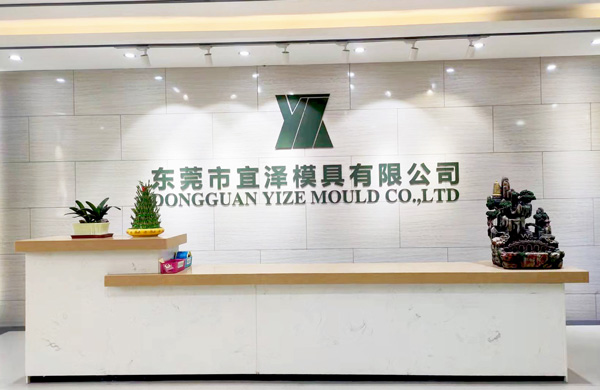Injection molds, as key tools for the production of plastic products, have various basic structures, which are mainly divided into five categories: two-plate molds, three-plate molds, side-parting core-pulling injection molds, automatic thread-removing injection molds, and hot runner molds.
Two-plate molds, that is, single-parting surface injection molds, have a simple and practical structure, but the gate is large and requires additional processes to remove, and the surface of the plastic part will leave gate marks. It is suitable for occasions where the surface requirements are not high.
Three-plate molds, also known as double-parting surface or fine-gate molds, have small gate marks, are easy to trim, and are convenient for automated production. However, due to the large injection pressure loss, it is easy to cause defects such as warping and deformation of plastic parts.
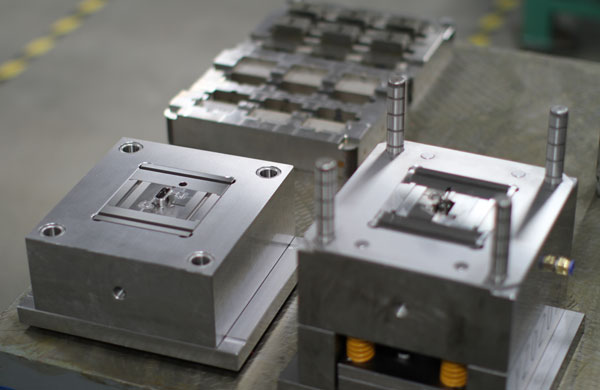
The side-parting core-pulling injection mold is suitable for the situation where the side wall of the plastic part has features such as through holes, recesses, bosses, etc. Its molded parts can move sideways to achieve side core pulling.
The automatic thread-removing injection mold can set a rotating thread core in the mold to automatically remove the plastic molded parts with threads.
The hot runner mold is different from the general mold. The plastic in its pouring system will not solidify during the injection molding process, nor will it be demolded with the plastic part. It can reduce pressure loss and ensure the quality of plastic parts, but the cost is relatively high.

